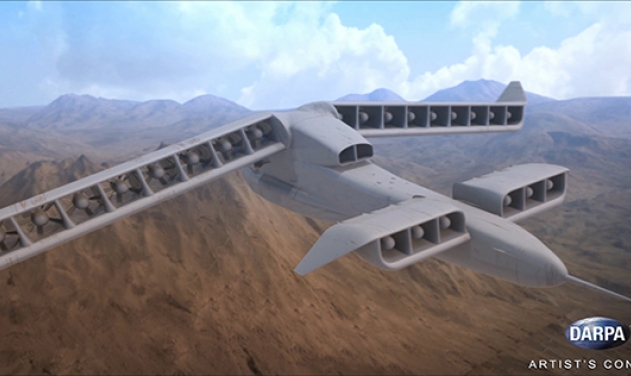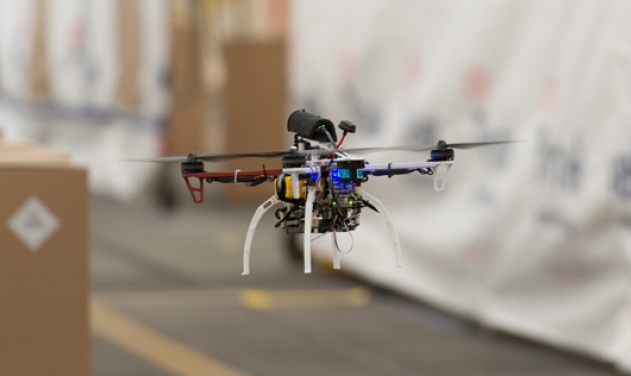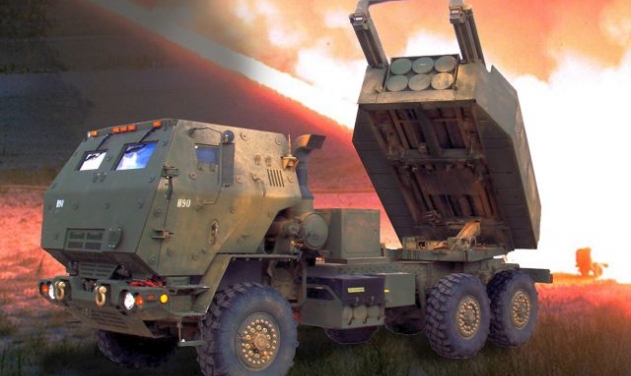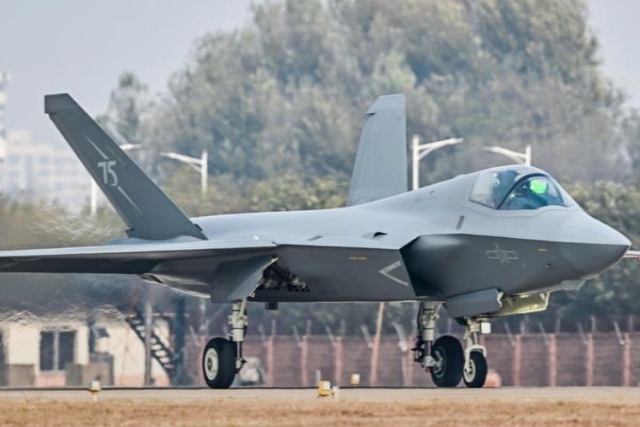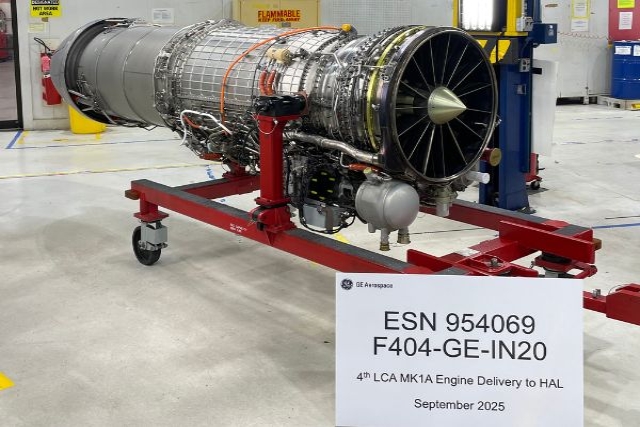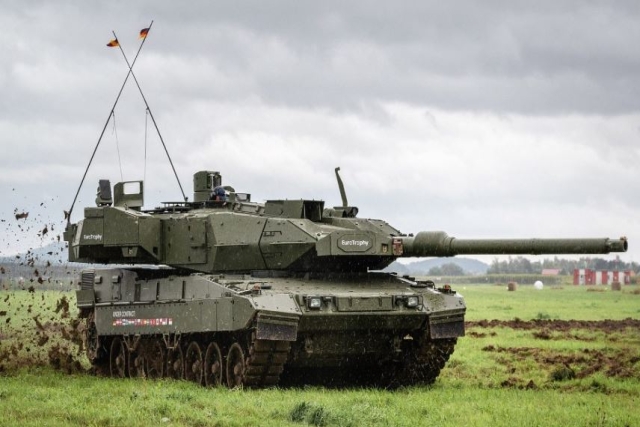DARPA Awards Phase 1 Contract For Aircraft-Launched-UAV Program
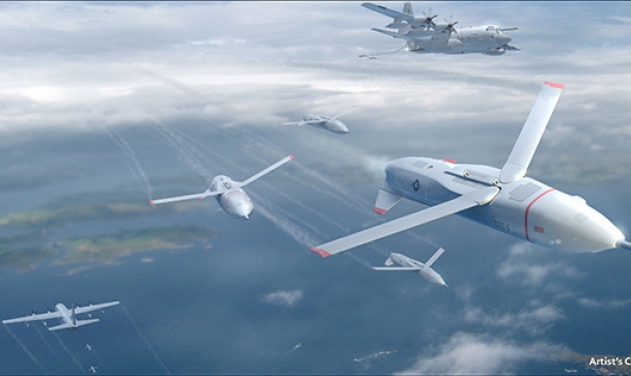
The US Defense Advanced Research Projects Agency (DARPA) has awarded Phase 1 contracts for its Gremlins program, which seeks to develop technologies and systems enabling aircraft to launch volleys of low-cost, reusable unmanned air systems (UASs) and safely and reliably retrieve them in mid-air.
Such systems, or “gremlins,” would be deployed with a mixture of mission payloads capable of generating a variety of effects in a distributed and coordinated manner, providing US forces with improved operational flexibility at a lower cost than is possible with conventional, monolithic platforms. The team is led by Composite Engineering, Dynetics, General Atomics and Lockheed Martin, DARPA said in a statement Thursday.
“We’ve assembled a motivated group of researchers and developers that we believe could make significant progress toward Gremlins’ vision of delivering distributed airborne capabilities in a robust, responsive and affordable manner,” said Dan Patt, DARPA program manager. “These teams are exploring different, innovative approaches toward achieving this goal and are rolling up their sleeves for the hard work ahead.”
Phase 1 of the Gremlins program is designed to pave the way for a proof-of-concept flight demonstration that would validate an air recovery concept of multiple gremlins. The program plans to explore numerous technical areas. Major areas DARPA plans to explore include Launch and recovery techniques, equipment and aircraft integration concepts, Low-cost, limited-life airframe designs that leverage existing technology and require only modest modifications to current aircraft and High-fidelity analysis, precision digital flight control, relative navigation and station keeping.
The gremlins’ expected lifetime of about 20 uses could provide significant cost advantages over expendable systems by reducing payload and airframe costs and by having lower mission and maintenance costs than conventional platforms, which are designed to operate for decades.

